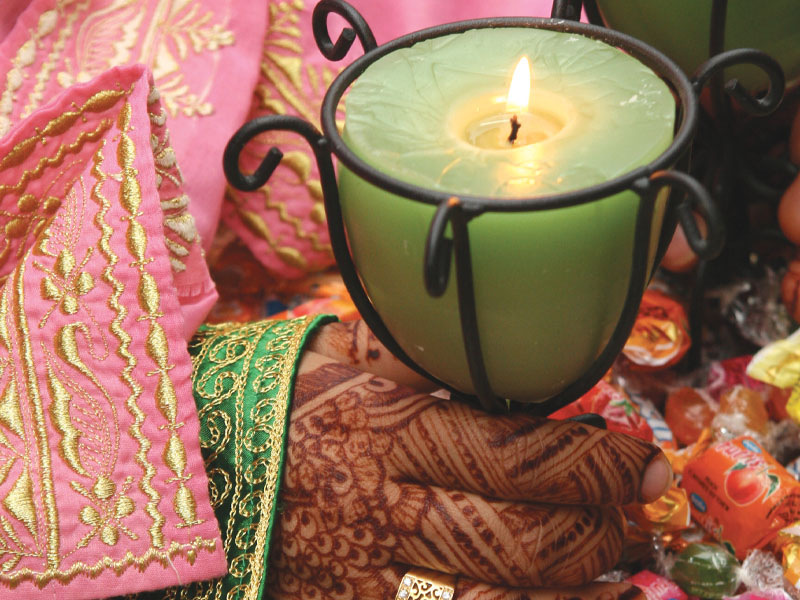Marriage Customs in Bahraini Villages:Al-Nweidrat Village as a Model
Issue 2

Sawsan Ismael Abdullah - Bahrain
This study addresses the customs and traditions of marriage in the Bahraini village of Nweirdat. It spotlights the importance of marriage in the village for religious, social, economic and psychological reasons. It also sheds light on the process of marriage through its different stages which involve selecting the suitable partner, which is the parents’ responsibility, the role of the matchmaker, gathering information about the would-be husband in terms of his family, character and behaviour up to the visit the man’s family pays to the woman’s house. Normally, the would-be groom’s mother and other women from his family go to see the would-be bride and check whether or not she is a good choice. The following stage is called ‘muwasa’ which means negotiating the dowry and the date of signing official marriage documents. The final stage is that of the necessary preparations for marriage after her father has received the dowry which is usually paid in cash.
The author then touches upon the bride’s costumes which mark the social status of the marriage. This varies according to the man’s social class and their culture. Marriage costumes differ from one night to another. There is ‘annashil’ garment which is loose, long and has wide toward the wrists and it is embroidered with gold threads called ‘arrazzi’ which cover the whole dress the bride wears on the first wedding night. It is usually read or green. There is also the ‘mufahah’ dress which is usually stripped by crosswise purple, black, green and orange colors. The bride can wear this dress instead of the former on the first wedding night. Another dress is ‘al-darra9a’ which is worn together with ‘annashil’ or other transparent outfits. This is in addition to many other types of wedding costumes.
Then the article addresses men’s outfits such as ‘ath-thawb’, ‘ass-ssirwal’, al-bisht’, ‘al-gotra’, ‘al-9igal’, ‘in9al’ and ‘al-masbaha’. The author also mentions the bride’s accessories, jewelry, and some decorating substances such as ‘hinna’, ‘kuhl’, incense, ‘9uud’, etc.
An important feature of marriage in that village is the choice of what is called ‘midwife’, a lady specialized in providing wedding services from sewing the bride’s clothes to arranging her movement to the groom’s house.







































































